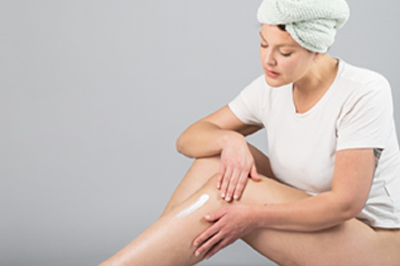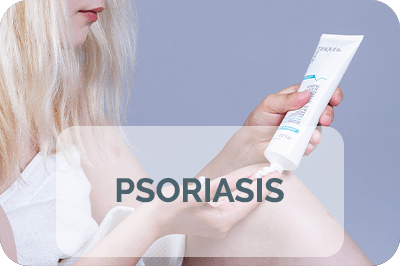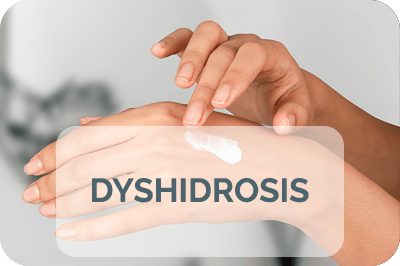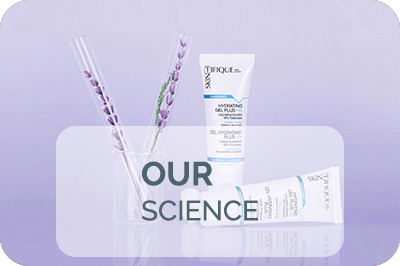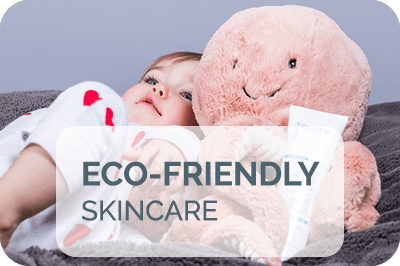Here we are, winter is now over and spring has already started…. A new season means a new beauty routine… Do you have a dry, damaged or sensitive skin ? Discover our advice to make your skin even more beautiful!
A beauty routine for dry, irritated or sensitive skin
Sunny days are back, and it is time for sensitive skins to change their routine. Say goodbye to rich and comforting skincare from the winter season, and say hello to light textures and a tanned skin! And this year, choose a face and body beauty routine without silicone or paraben!
- Morning beauty routine:
In the morning, you need to refresh and protect your skin. After a good nights sleep, start by waking up your skin. To do so, try the Skintifique Cleanser P ! It will tone your skin and refresh it. With only 5 ingredients, this Cleanser P is specially formulated for sensitive and reactive skins.
To protect your skin, use the Moisturizing Lotion HP which moisturizes and protects your skin against pollutants. In a record time, your skin is clean, protected and moisturized! You are ready to start your day!
Night beauty routine:
At night, you can take a little more time to take care of your skin. The key words are cleansing and moisturizing!
For the first step, use the Cleanser P to remove makeup and impurities. This micellar lotion is also particularly good at removing pollution and traces of metals (such as Nickel and Chromium…) of the surface of your skin. City dweller, this product is for you!
Once your skin is clean, use the Hydrating Gel Plus HS for exceptional and long lasting moisturizing. With its patented technology, the Hydrating Gel Plus HS gradually releases its moisturizing and soothing agents.
And for your body, stick with the same strategy : a shower with mild soap to clean you skin, then hydration with the Moisturizing Lotion HP that contains 0% paraben, silicone, mineral oil, flagrance or EDTA. Clean, nourished and relaxed, your skin is ready for a good night sleep!
Healthy eating for a moisturized skin
Having a beautiful moisturized skin must also come from the inside. So adapt your way of eating. During spring season, it’s easier because fruit and vegetables are back on your market shelves.
Drink a lot of water
Your skin is moisturized thanks to the water you are drinking. But not only!
Water has also a key role in the elimination of your skin’s impurities. The solution? Drink a lot of water of course, but also eat fruit and vegetables which contain almost 90% of water. At spring, opt for big salads or smoothies.
Don’t let this water evaporate from your body
To avoid dry skin, eat foods which contain a high lipid level. Indeed, a lack of essential fatty acids means the creation of a bad quality lipid protective film, and thus water evaporates from your skin. To solve this, choose foods which are rich in Omega 3 like nuts, and in fat acids like oils (olive, colza and soya oils).
What is your own spring beauty routine? Don’t hesitate to leave us a comment to share with us about your beauty tips or about your favorite products!
Have a nice week and enjoyed the sunny days !

